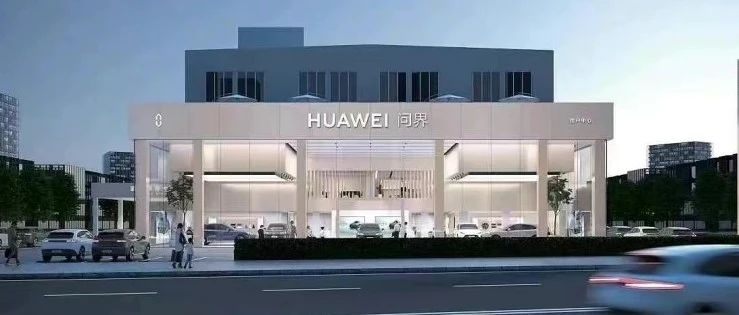Author: Zhang Ruichen
Editor: Pan Tan
On International Women’s Day, a day when women are happy and men are busy, AITO was secretly up to something.
While all the fairies were enjoying their half-day statutory holidays in the afternoon, AITO Automobile Company released a promotional poster on social media platforms such as Weibo and WeChat. The central wording on the poster was changed from “AITO WENJIE” to “HUAWEI WENJIE”. This sudden name change caught many people off guard, but it also caused a lot of attention and discussion online.
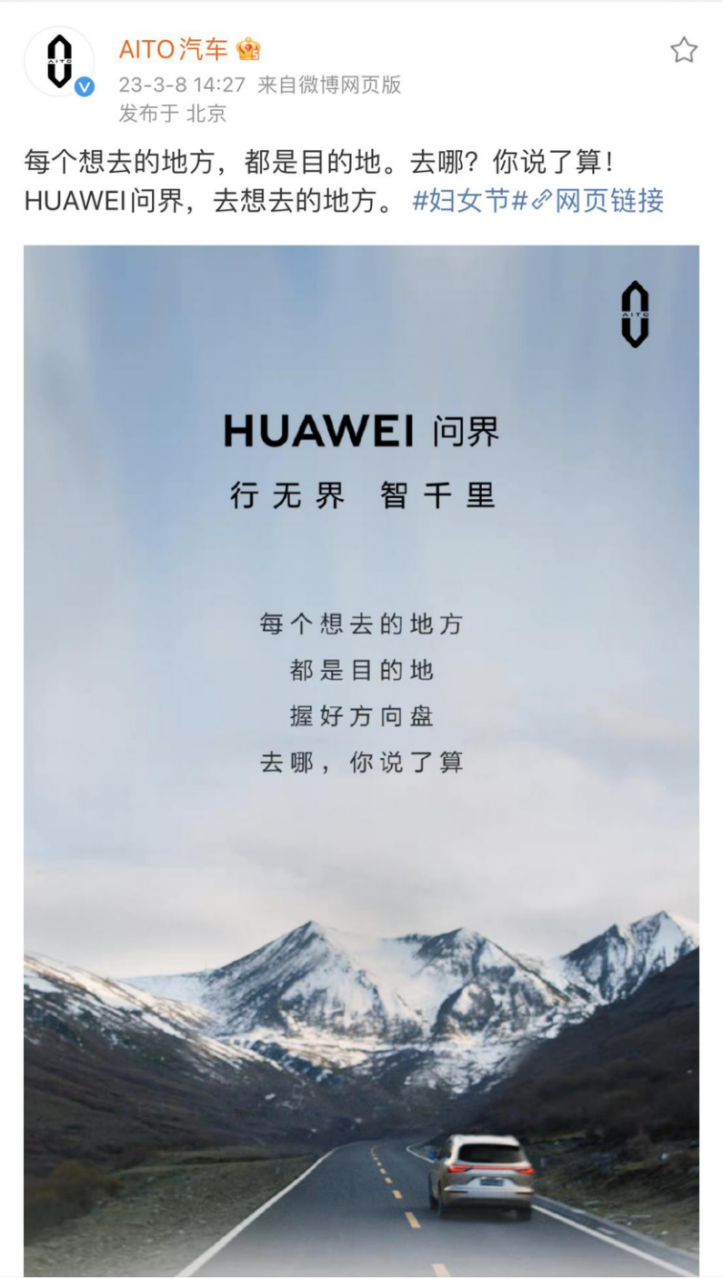
In response to this, Huawei released an official statement, stating that “HUAWEI WENJIE” is a new business model created by Huawei’s ecological automotive brand.
As of now, AITO Automobile has not changed all the official names to “HUAWEI WENJIE”. The Huawei Store and AITO’s official website have not been updated, and even Cyrus, an official social media account, has not mentioned the name change.
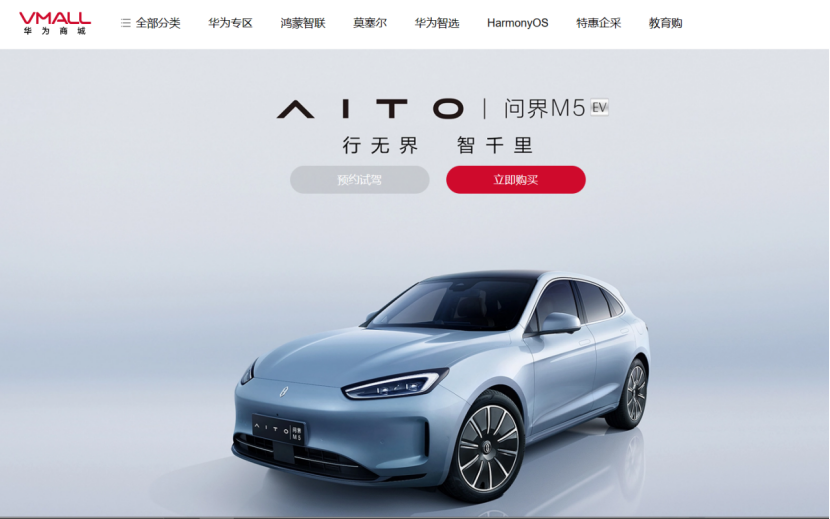
However, on March 9th, “HUAWEI WENJIE” also standardized the tail logo and retail store signs, adding the word “HUAWEI” to them.
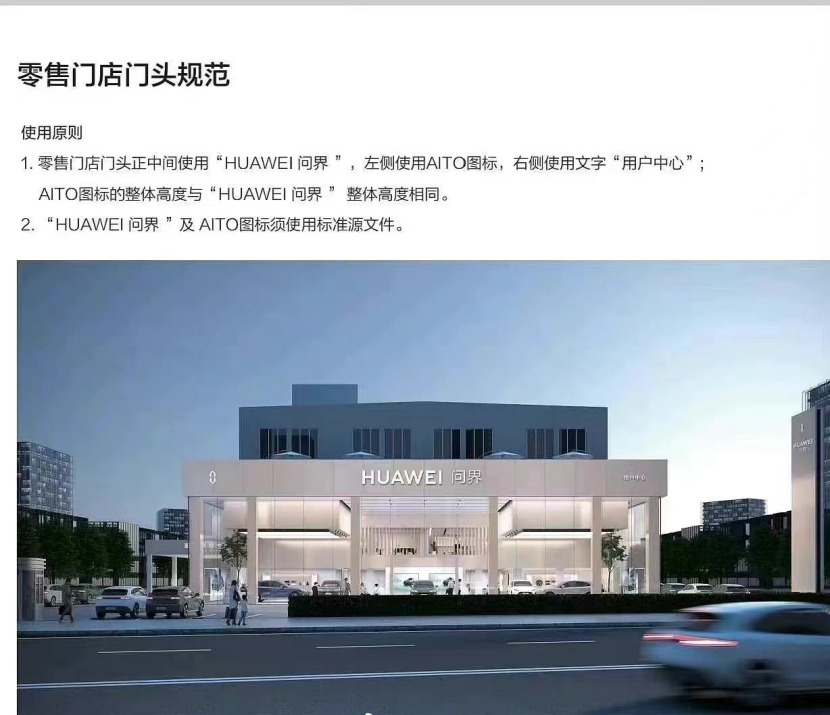
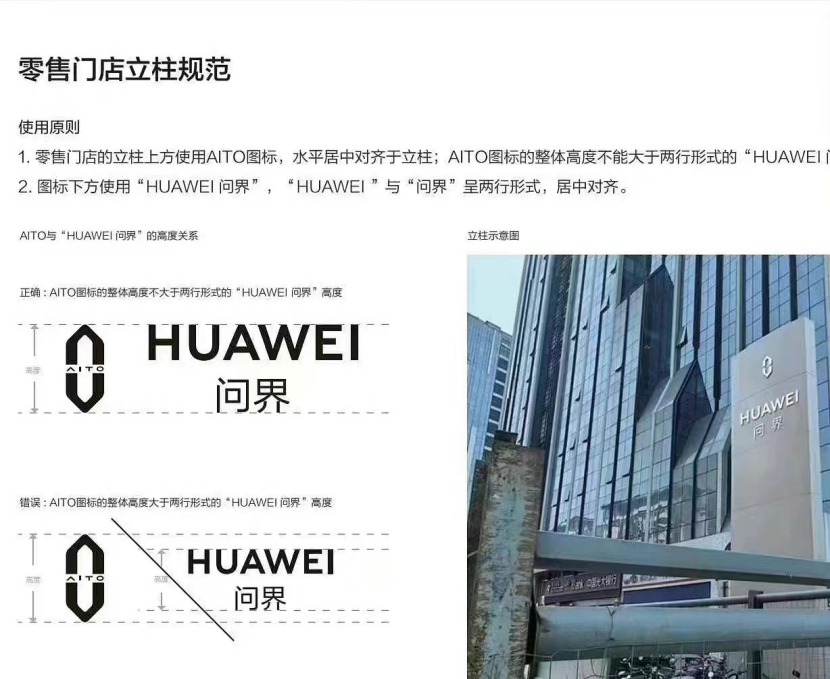
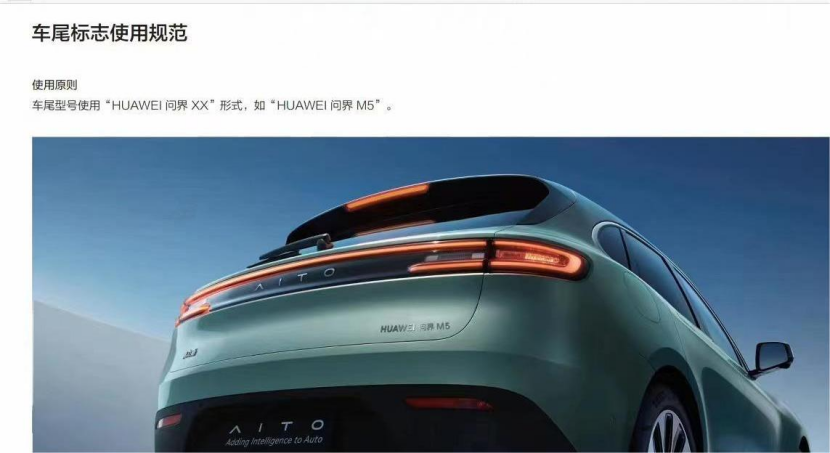 ### Don’t make cars yourself? Help others make good cars?
### Don’t make cars yourself? Help others make good cars?
In fact, Huawei has repeatedly publicly stated that it “does not make cars”, but in the resolution documents on the management of the auto parts business, Huawei set a three-year time limit for not producing cars, and there are less than eight months left until this commitment expires.
Once this seal is lifted, Huawei is bound to make waves in the automotive industry. From the name change of this poster, we can see that although Huawei doesn’t make cars, its hands are getting deeper and there have been clues before.
In fact, as early as the beginning of February, Huawei appeared in a poster released by AITO Auto on its official Weibo account, but at that time, the industry still referred to it as AITO. Later, AITO and Cyrus decided to change the brand language from “Huawei deeply empowers” to “Huawei fully leads”. Many people did not understand what this meant. In fact, the change in language has brought about earth-shaking changes in the relationship between Huawei and the industry. It can be said that the stepmother has become the real mother.
Before, Huawei and Cyrus’ cooperation method was that Cyrus was responsible for providing vehicle models, platforms and production, while Huawei was responsible for empowering them, that is, adding smart cabins, intelligent driving, etc., and finally selling them through Huawei’s channels.
After Huawei fully took the lead, Cyrus and Huawei signed a deepening joint business agreement, which is basically that Huawei provides core hardware and software technologies such as electrification and intelligent parts, and leads questioning in product definition, user experience, quality control, channel retail and brand marketing. At the same time, it drives the scaled sales of Huawei’s intelligent auto parts, and Cyrus upgrades and develops existing models and vehicle production. In short, Huawei now plays a leading role in product, development, production, and sales, and has relatively more control over questioning’s new models. It is equivalent to Huawei being the proposal maker, while Cyrus is responsible for completing it.
Although Huawei did not make cars itself, it has always used Cyrus as a carrier to realize its automotive dreams.
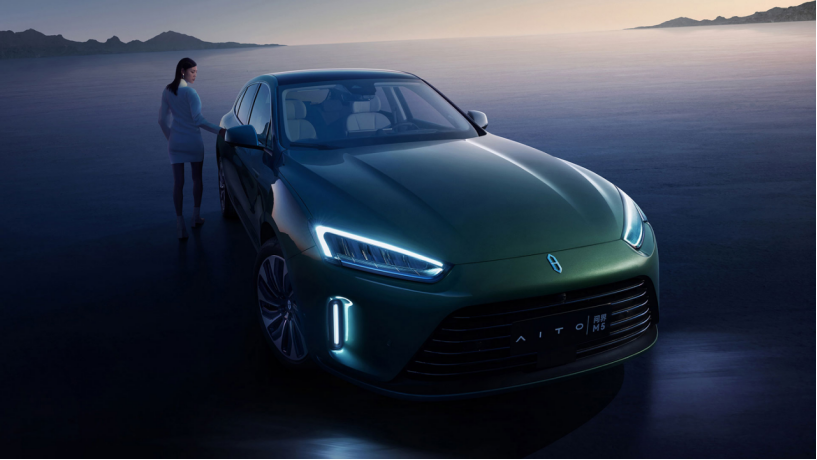
Huawei builds cars through Cyrus and saves Cyrus
Q: “What do you think of Question’s car?”
A: “The car system is the most stunning I have ever experienced.”Q: “M5 is right within your price range, would you consider it?”
A: “No, I’m a rather vulgar person. Cars are still driven by people, and the car’s infotainment system alone cannot impress me.”
This is a real conversation between my friend and me after the price reduction of HUAWEI’s Wanjie (OnBoard) at the beginning of this year. It can be seen that the HarmonyOS cockpit installed in Wanjie has indeed brought a good impression and experience to many people, but its product competitiveness is still insufficient compared with its peers.
If not for HUAWEI, the original model of Wanjie, the Sailing SF5 by Seres, could basically be described as industrial waste. First of all, the Seres brand itself is not well-known, and coupled with the fact that it is backed by a “cheap and low-end” shadow like Dongfeng Xiaokang, it can be said that there was no product and brand competitiveness before Huawei’s participation.
It can be considered fortunate that HUAWEI enabled it. As the importance of cockpit experience for users is increasing, Seres has gained some momentum. However, it is also evident that these several models of Wanjie were hurriedly put up. For example, the higher-level Wanjie M7 has a shorter wheelbase than the M5, and not even the rear air outlet is equipped.
With HUAWEI’s support, Wanjie’s monthly sales reached a high of 12,000 vehicles, but in the first two months of this year, sales have shown a significant decline. Many people have started to belittle HUAWEI as a result. In my opinion, it is due to a lack of a comprehensive understanding of HUAWEI’s capabilities.
It can be said that the above two models were both hastily produced, making it difficult to reflect HUAWEI’s true strength. In fact, HUAWEI has always been underrated in the field of car manufacturing. Anyone who has a deep understanding of HUAWEI knows how terrifying this company’s overall strength is. The more persistent a long-distance race of an industry is required, the easier it is for a long-distance runner like HUAWEI, who is strong in organization, technology, brand, channel, and other aspects, to eventually win. Therefore, to see the real performance of HUAWEI’s Wanjie, we still have to wait for the release of its new models in the future.Considering the gap between Huawei and Seres in terms of brand and overall capability, it is easy to understand why the AITO prefix has been changed to HUAWEI at this point in time. The deepened joint business agreement signed between Seres and Huawei also indicated that a brand new product will be launched in 2023 under the name of HUAWEI 问界 XX.
In fact, before the renaming, WENJIE had already openly declared itself as Huawei Motors, and even the sales personnel at the Huawei stores introduced it as “Huawei Motors” to customers. It is evident that the Huawei prefix can bring more brand power to WENJIE and give users more confidence. Taking full control, WENJIE can finally shake off labels like “Huawei sticker” or “Xiaokang rebranding” and become legitimately recognized as Huawei Motors.
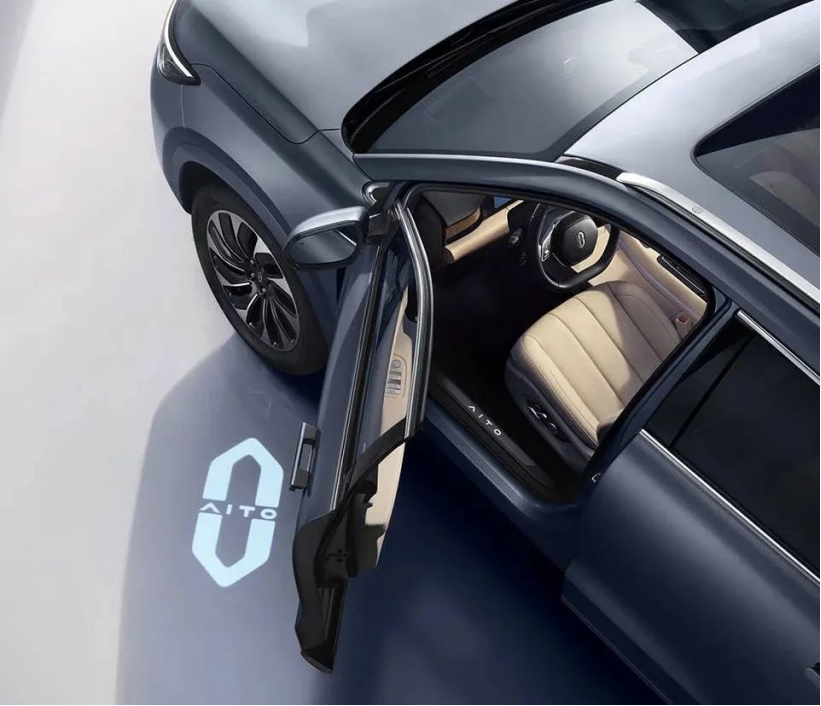
Final thoughts
The CEO of a new force in the car industry once told me that, except for Tesla and BYD, they are most afraid of Huawei, a cross-industry carmaker, rather than BBA or other traditional automakers that are transforming into new energy vehicles, because Huawei is strong in almost every aspect, according to their observation.
Although Huawei’s promise not to build cars is still within its validity period for the time being, its various operations indicate that it is still likely to continue to delve into the car-making field. It has gained a lot of insight into the automotive industry in the past three years. After the three-year ban on car-making is lifted, Huawei is unlikely to personally enter the market, especially since the government no longer approves new car-building qualifications, and related policies state that Xiaomi is the last automaker allowed to apply for car-building qualifications. In the future, Huawei may gradually control WENJIE and fully lead the brand, ultimately achieving the true HUAWEI WENJIE.
This article is a translation by ChatGPT of a Chinese report from 42HOW. If you have any questions about it, please email bd@42how.com.
